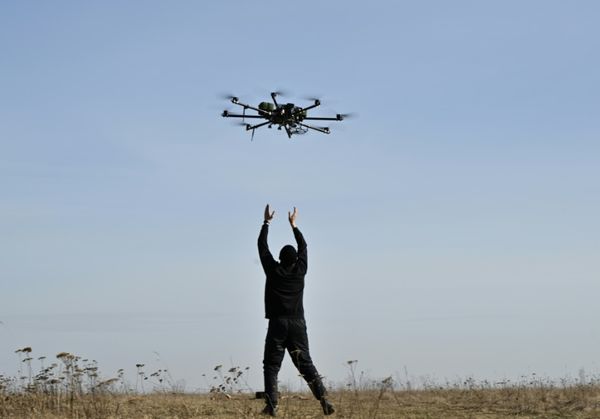Boeing stock surged Wednesday after the Dow Jones manufacturer noted an increase in deliveries for June and received a price-target hike. Overseas rival Airbus also released its delivery figures for the month, which slightly edged out Boeing. Elsewhere, investigators made progress in June's Air India crash.
Boeing delivered 60 airplanes in June, including eight to China, following a brief pause in April due to President Donald Trump's tariffs. China lifted the temporary delivery ban in May. The Dow Jones manufacturer delivered 45 airplanes in May.
Boeing delivered 150 commercial planes during the second quarter, including 104 737s and 24 787s.
So far, Boeing has delivered 280 commercial jets in 2025. That includes 209 737 deliveries and 37 deliveries for the 787. Boeing has received 625 orders so far this year, after cancellations and conversions.
Susquehanna lifted its price target on Boeing stock by 12 to 252 following the report, noting that it is encouraged by its progress on commercial production ramp-ups.
Meanwhile, rival Airbus delivered 63 jets in June, up from 51 deliveries in May. The multinational manufacturer, headquartered in Netherlands and France, has delivered 306 aircraft so far this year, and received 494 total orders.
Boeing Stock, Airbus
BA shares swung 3.7% higher Wednesday following the delivery report and lifted price target. The gain put Boeing ahead 28% so far this year and at its highest level since January 2024.
U.S. traded shares of Airbus rose about 1%. The stock has advanced 33% in 2025.
Air India Crash Investigation Progress
Elsewhere, investigators reportedly made progress in narrowing down their focus in seeking causes of the Air India crash in June.
Air India flight AI171, a Boeing 787 Dreamliner with 242 passengers and crew bound for London, crashed on June 12 in a residential area shortly after takeoff from Ahmedabad in western India. Only one person on board the flight survived. Another 19 people on the ground died.
Officials are now focusing the investigation on the position and movement of the engine fuel control switches. The switches are typically located near the throttle controls, and usually have safeguards to prevent accidental movement.
Available data does not indicate a mechanical or design issue with the 787 aircraft or either of the two GEnx-1B engines, which are made by GE Aerospace.
Postcrash analysis so far found no issues with suspected causes such as fuel contamination or improper flap retraction. Early video analysis of the crash prompted some experts to argue there was a loss of thrust shortly after takeoff.
Meanwhile, Boeing and GE have not yet issued an operational advisory warning to other air carriers about defective parts or mechanical issues. This would be required if the plane's black box reading turned up any such indicators that those had been problems. Inspections to Air India's 787 fleet have also failed to reveal any potential clues about the cause.
While engine fuel control switches may be the cause, a full investigation and analysis could take months. India's Aircraft Accident Investigation Bureau is expected to release a preliminary report on their findings around July 11.
You can follow Harrison Miller for more stock news and updates on X/Twitter @IBD_Harrison







